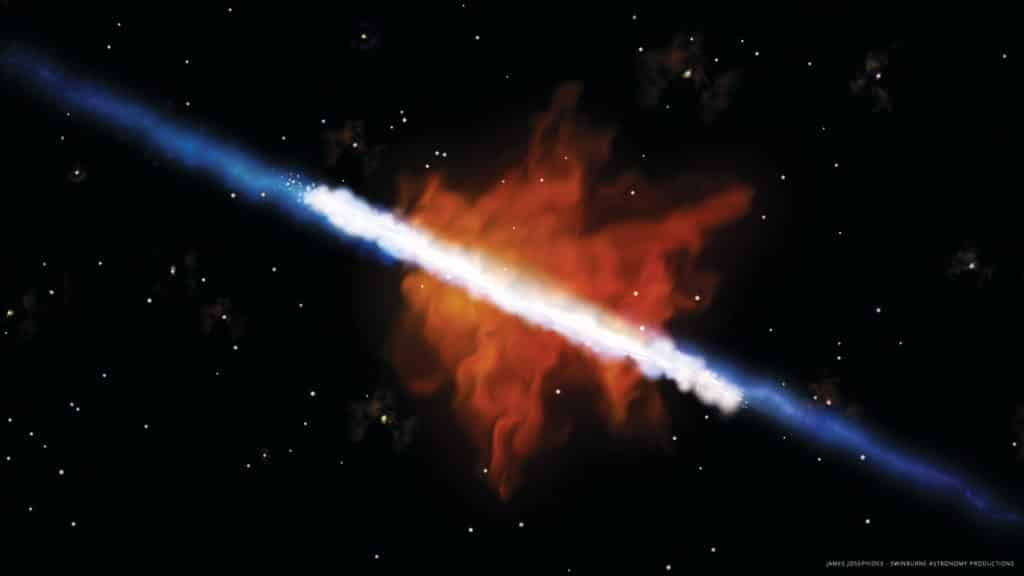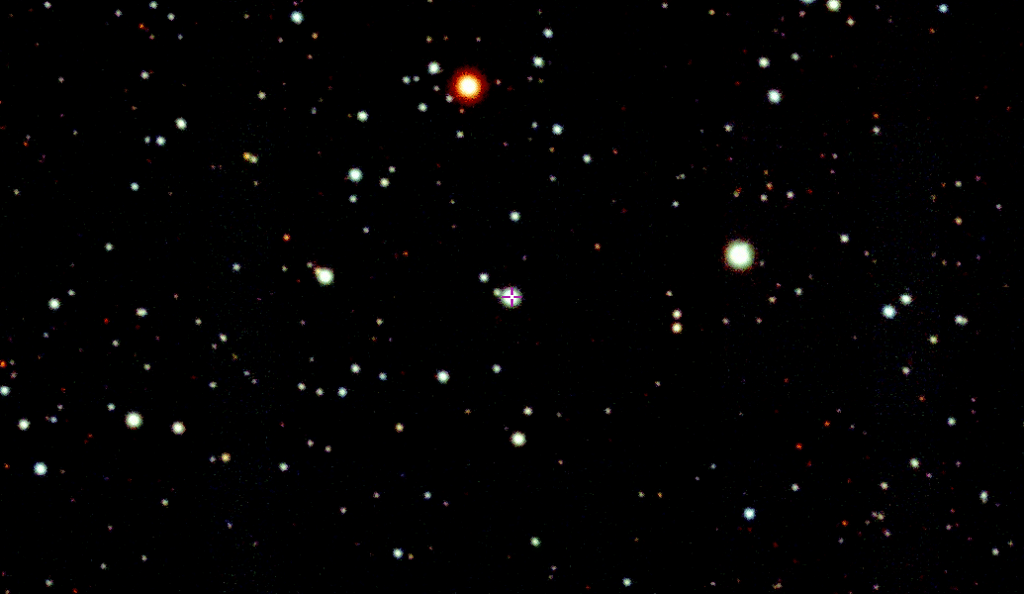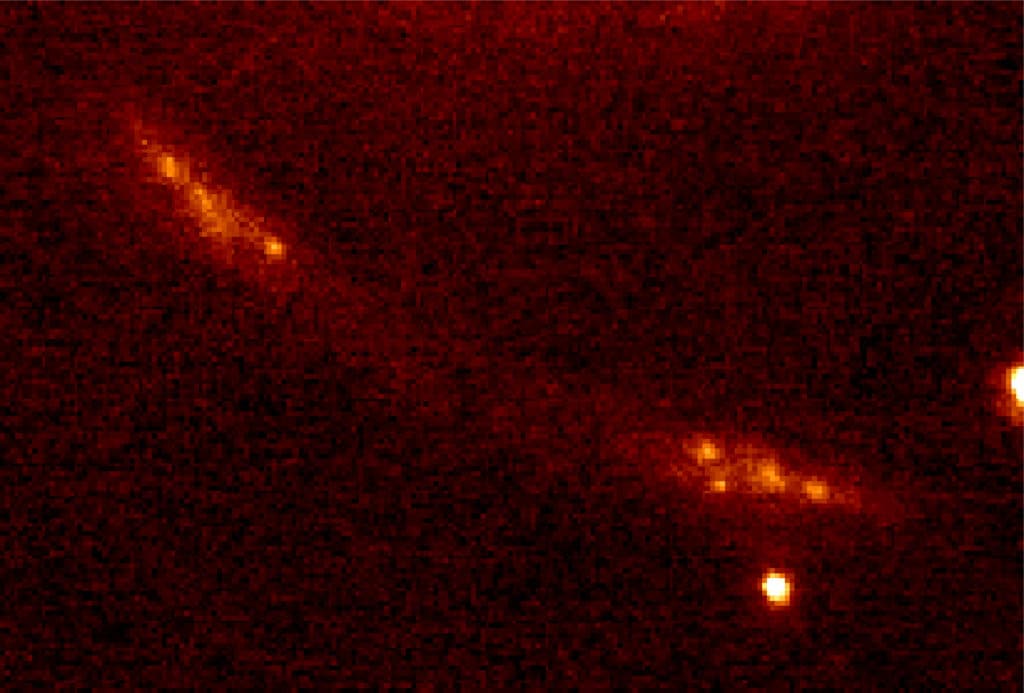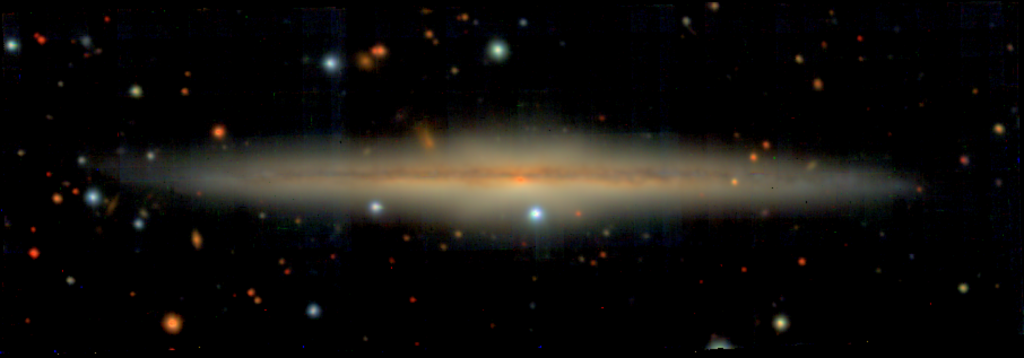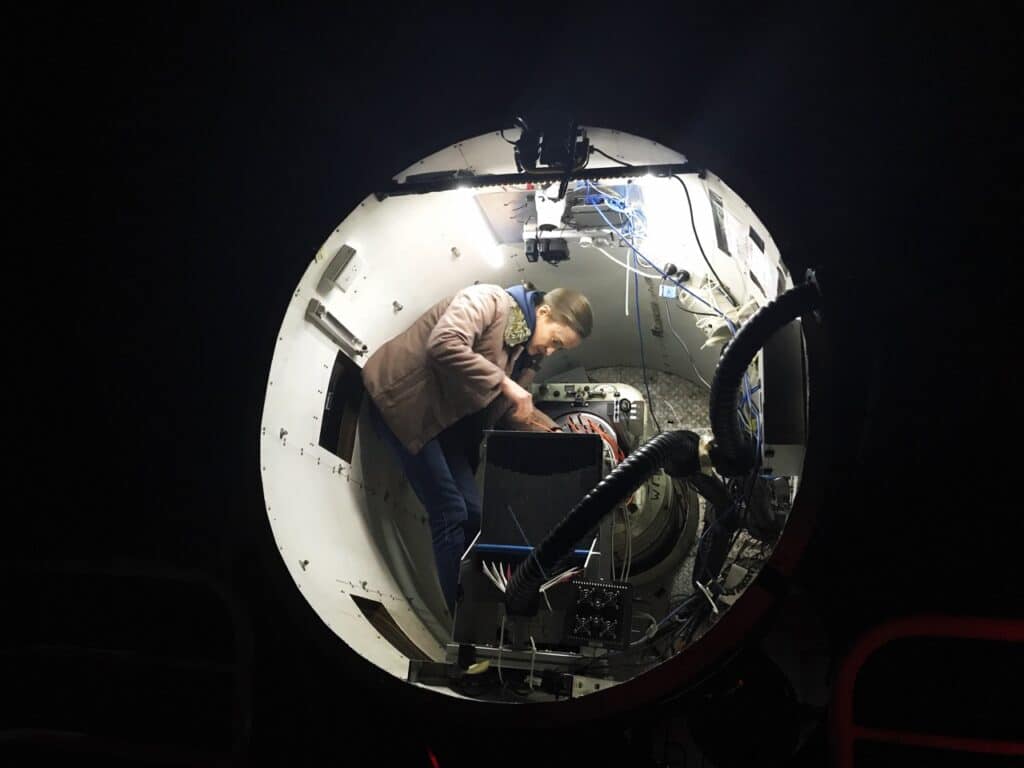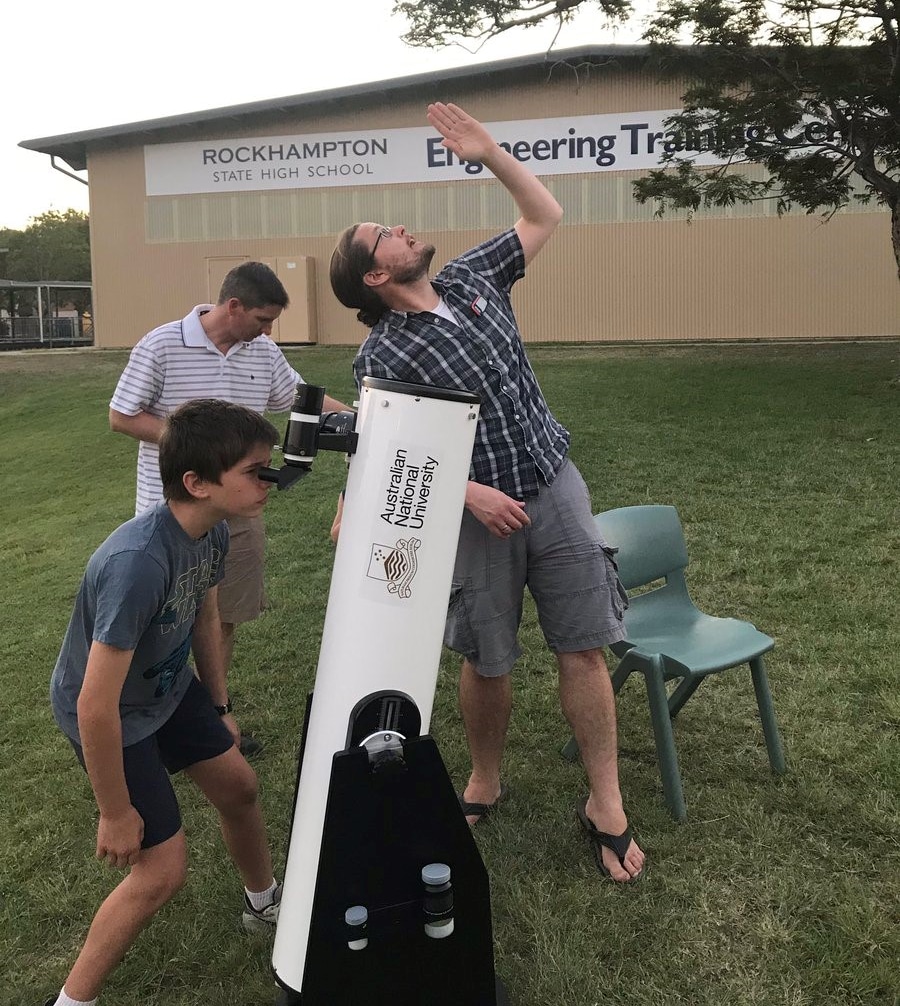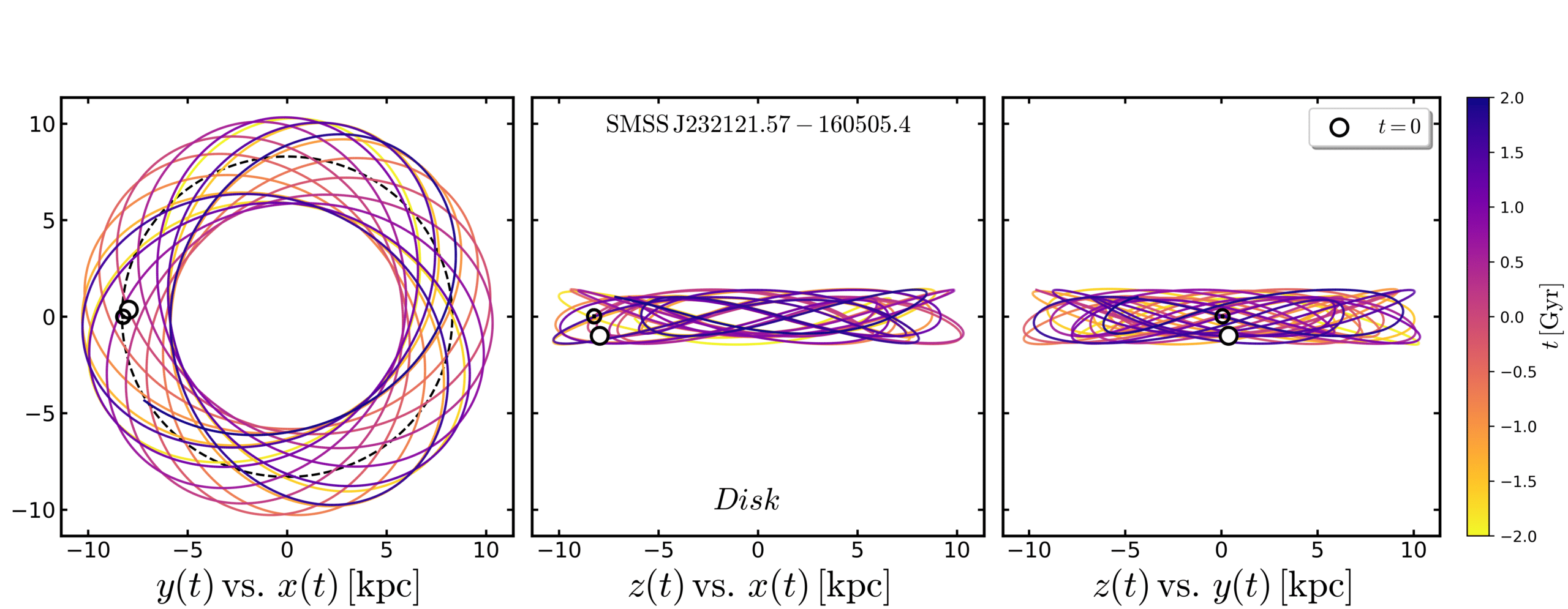Our galaxy is a giant ‘smoothie’ of blended stars and gas but a new study tells us where the components came from
In its early days, the Milky Way was like a giant smoothie, as if galaxies consisting of billions of stars, and an enormous amount of gas had been thrown together into a gigantic blender. But a new study picks apart this mixture by analysing individual stars to identify which originated inside the galaxy and which began life outside.
Continue reading What ingredients went into the galactic blender to create the Milky Way?


